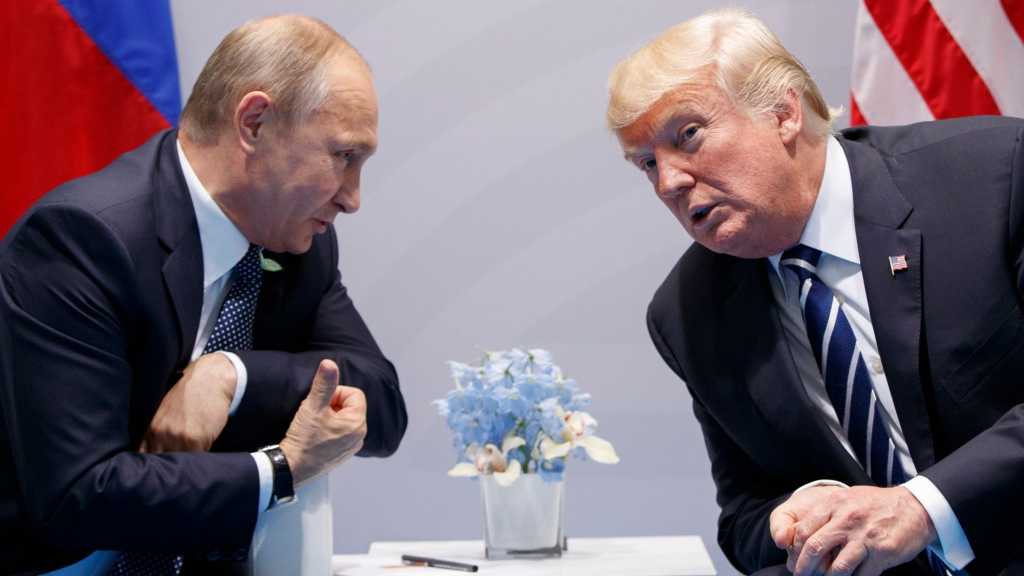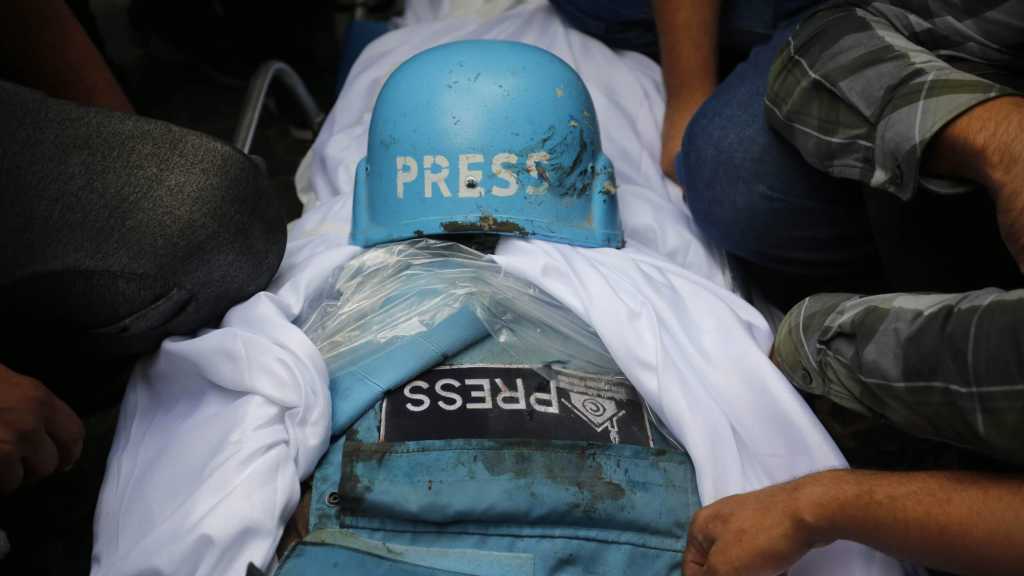As Coronavirus Flares Globally, New Strategies Target Hot Spots

By Staff, Agencies
After entire nations were shut down during the first surge of the coronavirus earlier this year, some countries and US states are trying more targeted measures as cases rise again around the world, especially in Europe and the Americas.
New York’s new round of virus shutdowns zeroes in on individual neighborhoods, closing schools and businesses in hot spots measuring just a couple of square miles.
Spanish officials limited travel to and from some parts of Madrid before restrictions were widened throughout the capital and some suburbs.
Italian authorities have sometimes quarantined spots as small as a single building.
While the “Israeli” entity and the Czech Republic have reinstated nationwide closures, other governments hope smaller-scale shutdowns can work this time, in conjunction with testing, contact tracing and other initiatives they've now built up.
The concept of containing hot spots isn't new, but it's being tested under new pressures as authorities try to avoid a dreaded resurgence of illness and deaths, this time with economies weakened from earlier lockdowns, populations chafing at the idea of renewed restrictions and some communities complaining of unequal treatment.
Some scientists say a localized approach, if well-tailored and explained to the public, can be a nimble response at a complex point in the pandemic.
"It is pragmatic in appreciation of ‘restriction fatigue’ ... but it is strategic, allowing for mobilization of substantial resources to where they are needed most," says Dr. Wafaa El-Sadr, who is following New York City's efforts closely and is on some city advisory boards.
Other scientists are warier.
"If we’re serious about wiping out COVID in an area, we need coordinated responses across" as wide a swath as possible, says Benjamin Althouse, a research scientist with the Institute for Disease Modeling in Washington state.
In a study that has been posted online but not published in a journal or reviewed by independent experts, Althouse and other scientists found that amid patchwork coronavirus-control measures in the US this spring, some people traveled farther than usual for such activities as worship, suggesting they might have responded to closures by hopscotching to less-restricted areas.
Still, choosing between limited closures and widespread restrictions is "a very, very difficult decision," Althouse notes. "I’m glad I’m not the one making it."
Early in the outbreak, countries tried to quell hot spots from Wuhan, China – where a stringent lockdown was seen as key in squelching transmission in the world's most populous nation – to Italy, where a decision to seal off 10 towns in the northern region of Lombardy evolved within weeks into a nationwide lockdown.
After the virus's first surge, officials fought flare-ups with city-sized closures in recent months in places from Barcelona, Spain, to Melbourne, Australia.
In the English city of Leicester, nonessential shops were shut down and households banned from mixing in late June.
The infection rate fell, dropping from 135 cases per 100,000 to around 25 cases per 100,000 in about two months.
Comments
- Related News




